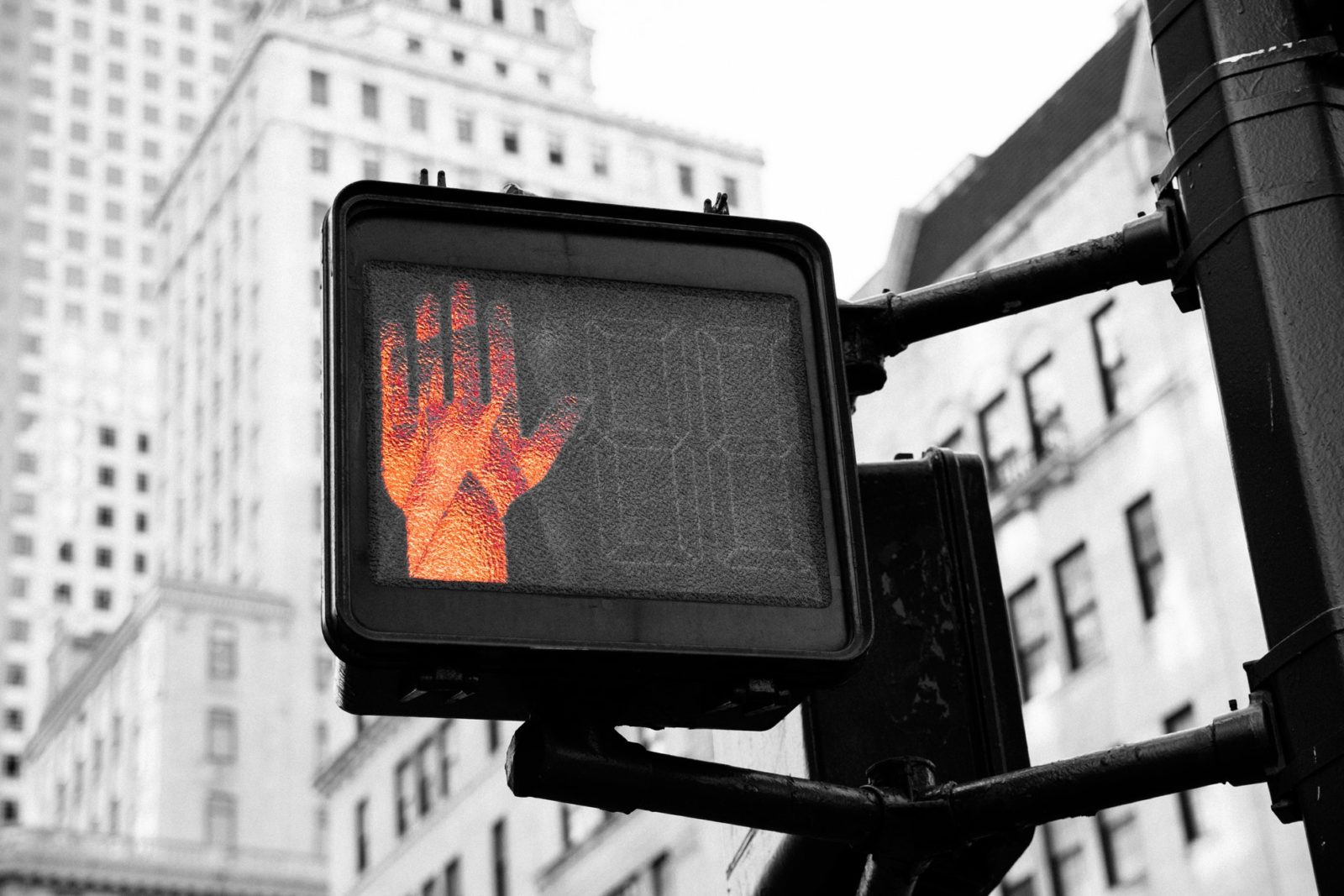by Sartaj Singh Dhami
In 2010, my wife and I took a trip through India and covered multiple aspects of New Delhi and Punjab. While in Punjab, we started in the northwest from Chandigarh and traveled to Amritsar, stopping at many historical Gurdwaras along the way to pay our homage. When reaching Fatehgarh Sahib, we had a bittersweet experience that was to be forever engrained into our minds.
At Fatehgarh Sahib, we both were overcome with emotion. We stood at the gallows of where two young children, the Chote Sahibzadeh, were executed just for their belief system. It was a touching moment: one where feelings outshine rational thinking. Many times when talking to my non-Sikh colleagues here in America, I equate it to the feelings they get when visiting historical Civil War battlefields. In many ways, Fatehgarh Sahib is our battlefield where believers were born.
When entering the execution area, I pleaded softly in my broken Punjabi to one of the sevadhars that I wished to bow my head inside the sacred area (where the public was not allowed.) He quickly noticed I was from abroad and with the kindness of his heart, he allowed me to enter. I then stated that my wife would like to enter with me.
He stopped me and simply said, “No. Gents only.”
When I turned to tell this to my wife, a feeling of disgust came over me as I had forced her eyes to widen. Already emotional, how could she be told that she could not offer her respects due to her gender? If Mata Gujri, the grandmother of the Sahibzadeh, had asked for access, would the sevadhar have denied her too? After all, she was a woman.
I told her that out of solidarity towards her, I would not enter the sacred area and I suggested we move on. To this day, I am still surprised at her response. Her face slowly shifted from shock, to slight anger, to her head shaking “no.” She said that I should go ahead without her. She gave me an opportunity not given to many people.
That moment was surreal for me and haunts me to this day. My body walked forward but my mind was elsewhere. How could this sevadhar deny my humble request just because my wife is a female? Surely no one was allowed to do this. I got a very special honor, but why not my wife? Yes, I’m biased towards her, but what if it was another woman? What did she and other females do “wrong” to not to be able show their respects?
Unfortunately, this gender discrimination and sexism is a common theme in the way we practice our faith and needs to be eradicated. That a woman is equal to a man is a vision the Gurus fought for. I may be going out on a limb, but I believe the Sikh Gurus were extraordinary individuals who were touched by Waheguru to do work on this planet, to show society how to make it better, and they did so in human form. They had to interact with humans. They were revolutionaries who stood up for justice and rights regardless of the form: human rights, civil rights, and gender rights.
So where did this equality get lost in translation to the point where a sevadhar discriminates on the basis of gender?
As revolutionaries, I strongly feel that the Sikh Gurus and their followers looked for ways to change society for the better. I sometimes wonder, “Who gave them the courage to carry on this uphill battle?” At times, I feel that they too might have gone through the human feelings of discouragement when their message was not easily accepted by the Hindu and Muslim masses around them, let alone fellow Sikhs.
Someone had to give them permission or instill courage, comfort, and strength within them to carry on. Someone had to encourage them to carry on the good fight regardless of the obstacles. Who gave Guru Nanak Sahib Ji the confirmation he needed to travel the world? Who gave Guru Arjan Sahib Ji the encouragement to build Amritsar and create his own economic center accessible to all? Who gave Guru Har Krishan Sahib the courage to enter the smallpox areas knowing that his life would be at stake? Who gave Guru Tegh Bahadur Ji solace in contemplating what the right thing to do was even if it meant it would cost him his head?
One could say, “It was their Sikh followers who motivated the Gurus,” which is true. But let me offer a thought: Who knew the Gurus’ thoughts inside and out? Who could offer advice without saying a word but with a mere glance?
My conclusion: it had to be the women in their lives. It had to be their mothers or wives. Sikh women have played a silent part in defining and implementing the faith around them. Each Guru’s wife was a confidant to their inner thoughts, desires, strategies, and needed implementation. My wife is the only person on this planet who knows the true thoughts in my head, and has offered me sound judgment even if it is something I don’t want to hear or cause her to sacrifice her own interests.
I’m a big fan of staying in the shadows and helping our community in any way. We all don’t need the limelight and work needs to be done at a ground roots level to uplift and inspire a quiet storm.
It is our own women who have done this beautifully for generations. Whether it is feeding the downtrodden, raising the next generation of children into leaders, or looking into their child’s eyes one last time knowing that they will face death in the battlefield, Sikh women continue to keep our revolution going.
So, I come back to that sevadhar who was probably just following orders. He let me enter a location that was forbidden from the public. But, if he had realized that only a few paces from the execution grounds is where Mata Gujri saw her grandchildren for the last time, and we were standing in previously bloodied grounds, he might have reconsidered and given my wife her due respect.
Upon leaving the cornered off execution area, where my head bowed and touched what remains of the concrete of where the Sahibzadas were bricked alive, I made it a point to not touch anything. I went back to my wife and grabbed her hands. I wanted her to have a little bit of the experience too. It was a symbolic gesture, but it was all I could do at that time to offer her my respect.
Not simply offer her respect, but offer respect to the larger issue of egalitarianism; Sikh women must be regarded with the equality instilled by our Gurus.
If not, the actions of Mata Gujri, Mata Sulakhani, Mata Ganga, and Mata Krishen Kaur are meaningless without true belief.
The question now is, what can you do as an individual to change this unfortunate yet common theme?
May Waheguru bless us so that we continue to refine the panth even closer to the vision instilled by our Sikh Gurus.
Note: The painting above is “Mata Gujri & Chote Sahibzade” by Charanjit Kaur. You can buy a print at http://www.sikhfoundation.org/sikh-arts-heritage/mata-gujri-chote-sahibzade-magnificent-sikh-art/






